Zadar is a historic coastal city in Croatia known for its Roman and medieval sites, unique attractions, and lively streets. It is on the Adriatic Sea and combines ancient history and modern experiences. Visitors can explore old churches, walk along the seafront, and enjoy interactive attractions like the Sea Organ and Greeting to the Sun. The city also has nearby islands, national parks, and local markets that showcase Croatian culture. With plenty of places to see and activities to do, the city is a great destination for travellers looking to experience history, culture, and the sea.
Location
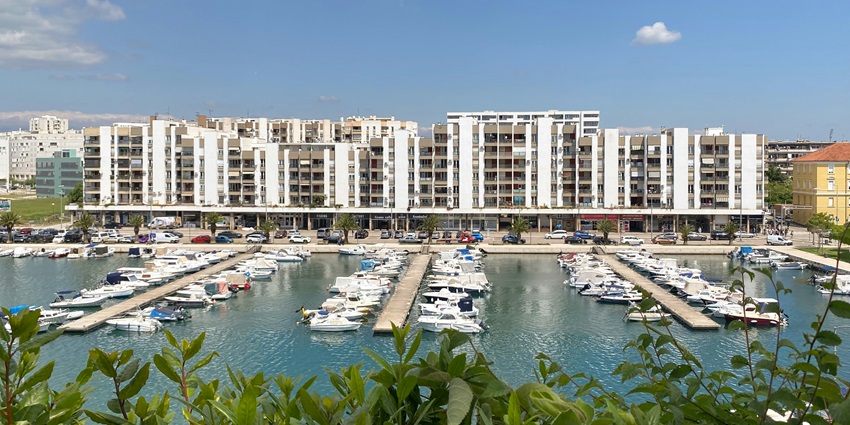
Photo: Linda Gerbec / Unsplash
Zadar is situated on the Adriatic Sea in Croatia, in the northern part of the Dalmatian region. It is approximately 286 km south of Zagreb, the capital of Croatia. The city is a major transportation hub and a gateway to nearby islands and national parks. Its coastal location provides easy access to the Kornati Islands and Plitvice Lakes National Park.
How To Reach
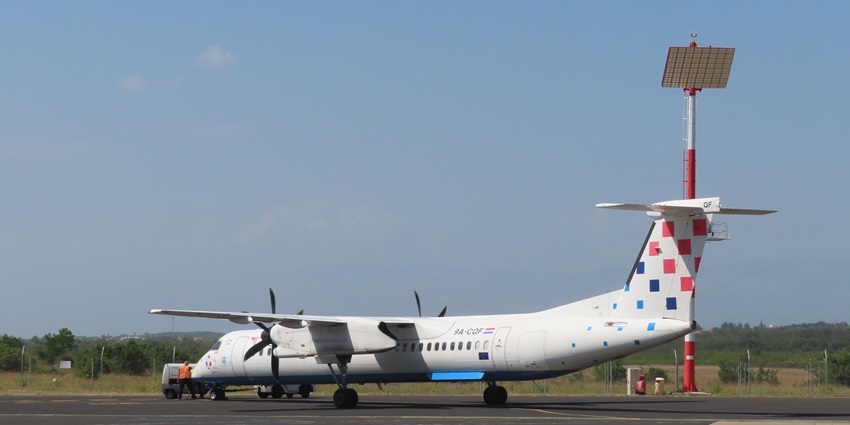
Photo: Fallaner / Wikimedia Commons
By Air: Zadar International Airport (ZAD) is around 12 km from the city centre. It has direct flights from major European cities such as London, Berlin, and Rome. Budget airlines like Ryanair and easyJet frequently operate here. From the airport, taxis and shuttle buses take around 20 minutes to reach the city.
By Bus: Buses are a convenient option for travelling within Croatia. Long-distance buses connect the city with Zagreb, Split, Dubrovnik, and other Croatian cities. International buses from Germany, Slovenia, and Italy also arrive here. The main bus station is located 2 km from the city centre, with local buses and taxis available.
By Rail: Zadar has a small railway station, but train services are limited. The best rail connection is via Knin, where travellers can transfer from trains coming from Zagreb or Split. However, buses are a much faster and more reliable option.
Places To Visit In And Around Zadar
Zadar has a mix of historical landmarks, unique attractions, and nearby islands that offer different experiences for visitors.
1. Sea Organ

Photo: Andrej Šalov / Wikimedia Commons
The Sea Organ is a unique installation designed by Croatian architect Nikola Bašić. It works using underwater pipes that produce music as waves move through them. The sound is natural and constantly changing, depending on wave movement. This place is a favourite spot for locals and tourists, who sit on the steps listening to the music. It is also an excellent place for taking photos of Zadar’s coastline. Many visitors like to relax here in the evening while watching the sunset, making it one of the most visited attractions in the city.
Timings: 24*7
Entry Fees: N/A
Ideal Trip Duration: 30 – 45 minutes
2. The Greeting To The Sun
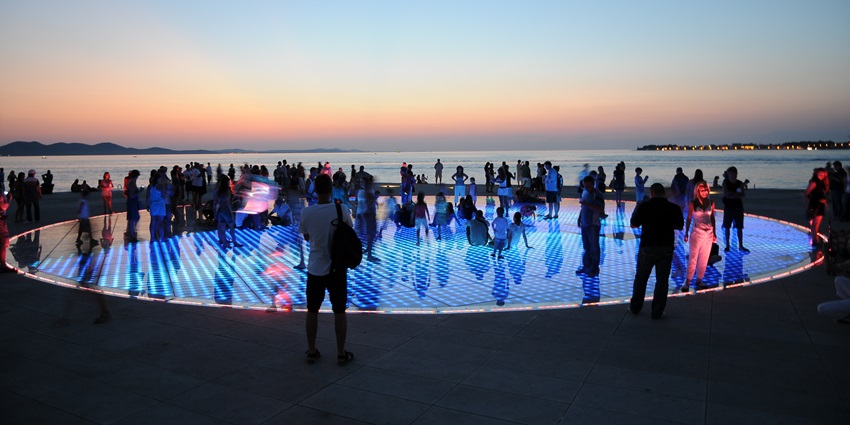
Photo: Böhringer Friedrich / Wikimedia Commons
The Greeting to the Sun is another creation by Nikola Bašić, located next to the Sea Organ. It is a large circular installation of glass panels with solar cells underneath. During the day, these panels absorb sunlight, and at night, they create colourful light patterns on the ground. The lights change based on the movement of people, making it an interactive experience. This place is popular among visitors who enjoy walking on the installation and taking photos at night. It is also a popular spot for watching street performances and local musicians.
Timings: 24*7
Entry Fees: N/A
Ideal Trip Duration: 30 minutes
3. Church Of St. Donatus
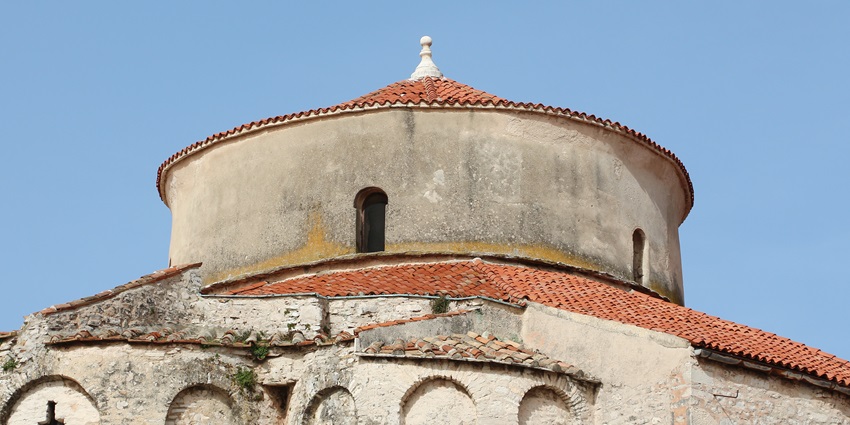
Photo: Bernard Gagnon / Wikimedia Commons
The Church of St. Donatus is one of the oldest buildings, dating back to the 9th century. It was originally built as a religious site but is now mainly used for concerts and cultural events. The circular structure and thick stone walls make it one of Croatia’s best examples of early medieval architecture. Since the church is no longer used for regular worship, visitors can explore the interior and see ancient stonework. The acoustics inside are excellent, making it a great place for music performances, especially during summer festivals.
Timings: 9 AM – 8 PM
Entry Fees: €3 / ₹270
Ideal Trip Duration: 45 minutes – 1 hour
4. Zadar Old Town
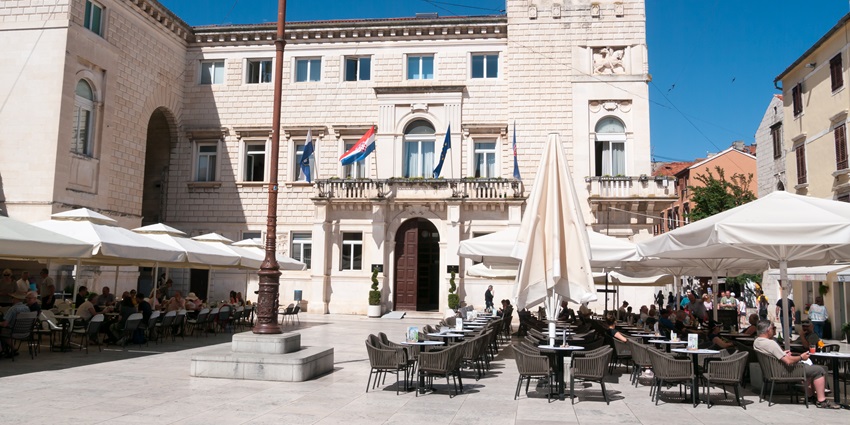
Photo: Matti Blume / Wikimedia Commons
Old Town is a historic area with Roman ruins, medieval buildings, and lively streets. Visitors can walk through the Roman Forum, built during the 1st century, and see remains of ancient columns and temples. The town is also home to Five Wells Square, a gathering place with five old water wells. Walking through the Old Town, visitors will find small cafes, local shops, and restaurants serving Croatian food. It is a great place to experience the local culture, see historic buildings, and famous landmarks.
Timings: 24*7
Entry Fees: N/A
Ideal Trip Duration: 2 – 3 hours
5. Kornati National Park

Photo: Nikater / Wikimedia Commons
The Kornati National Park is known for its rocky landscapes, clear water, and marine life. Many boat tours take visitors around the islands, stopping at different locations for activities like snorkelling and swimming. Some islands have old stone houses and ruins, showing how people lived here in the past. The park is also home to various birds and sea creatures, making it a great place for photography. People visiting Kornati can also try diving, as there are many underwater caves and reefs to explore.
Timings: 8 AM – 6 PM
Entry Fees: €15 / ₹1350
Ideal Trip Duration: Half-day or 1 trip
Where To Stay

Photo: peterweideman / Pixabay / Image For Representation Only
Accommodation ranges from budget hostels to luxury hotels. The Old Town offers charming boutique hotels, while the Borik district has seaside resorts. Hotel Bastion, Falkensteiner Club Funimation, and Airbnb apartments provide excellent comfort. Budget travellers can find hostels near the city centre, with prices starting from €30 (₹2,700) per night.
Where To Eat
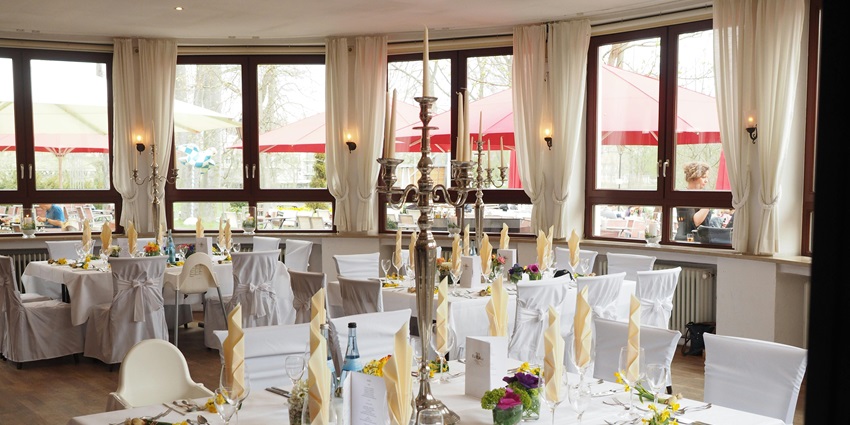
Photo: Pixabay / Pexels / Image For Representation Only
This city in Croatia has a vibrant food scene, with traditional Croatian and Mediterranean dishes. Restaurants like Pet Bunara, Kornat, and Proto Food & More serve delicious seafood, pasta, and grilled meats. The Green Market in the Old Town is great for fresh local produce. Bakeries and street food stalls offer local delicacies like burek and cevapi for budget-friendly meals.
Best Time To Visit
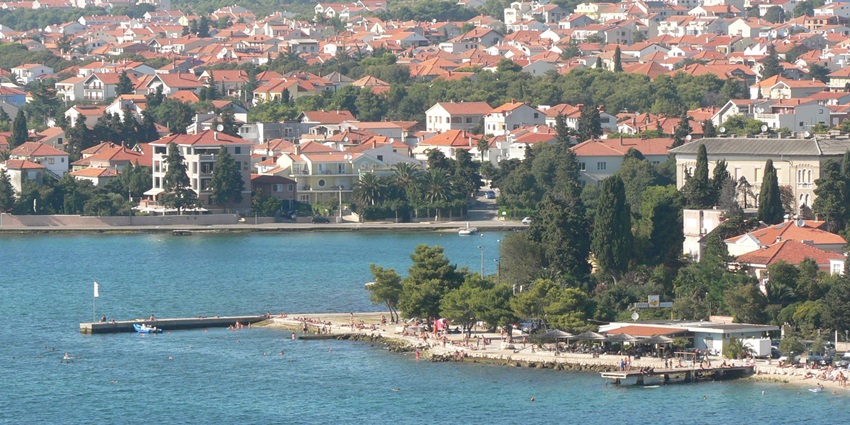
Photo: Alistair young / Wikimedia Commons
The best time to visit the city is from May to September. Summer (June to August) offers warm weather and lively events but attracts large crowds. Spring (April to May) and autumn (September to October) are ideal for sightseeing with fewer tourists and comfortable temperatures. Winter months are quiet, with some attractions having reduced hours.
Other Factors To Consider

Photo: Rana Sawalha / Unsplash / Image For Representation Only
Average Cost Of The Trip
A budget trip costs around €50 (₹4,500) per day, including accommodation, meals, and transport. A mid-range traveller can expect to spend around €100 (₹9,000) per day, while luxury travellers may spend €200+ (₹18,000+) per day on hotels, fine dining, and tours.
Tips For Travellers
- Currency: The official currency is the Euro (€). Credit cards are widely accepted.
- Transport: Walking is the best way to explore the Old Town. Buses and taxis are available for longer distances.
- Language: Croatian is the official language, but English is commonly spoken in tourist areas.
- Packing Tips: Light clothing for summer, a jacket for cooler evenings, and comfortable walking shoes.
Zadar is a city that blends history with modern attractions, making it an interesting place to visit. There is something for everyone, from Roman ruins to creative installations like the Sea Organ. Whether exploring the Old Town or taking a boat trip, every visitor finds something memorable. Plan a trip with TripXL today and start planning your visit to Croatia.
Cover Photo: Linda Gerbec / Unsplash


 WhatsApp
WhatsApp
 Twitter
Twitter









